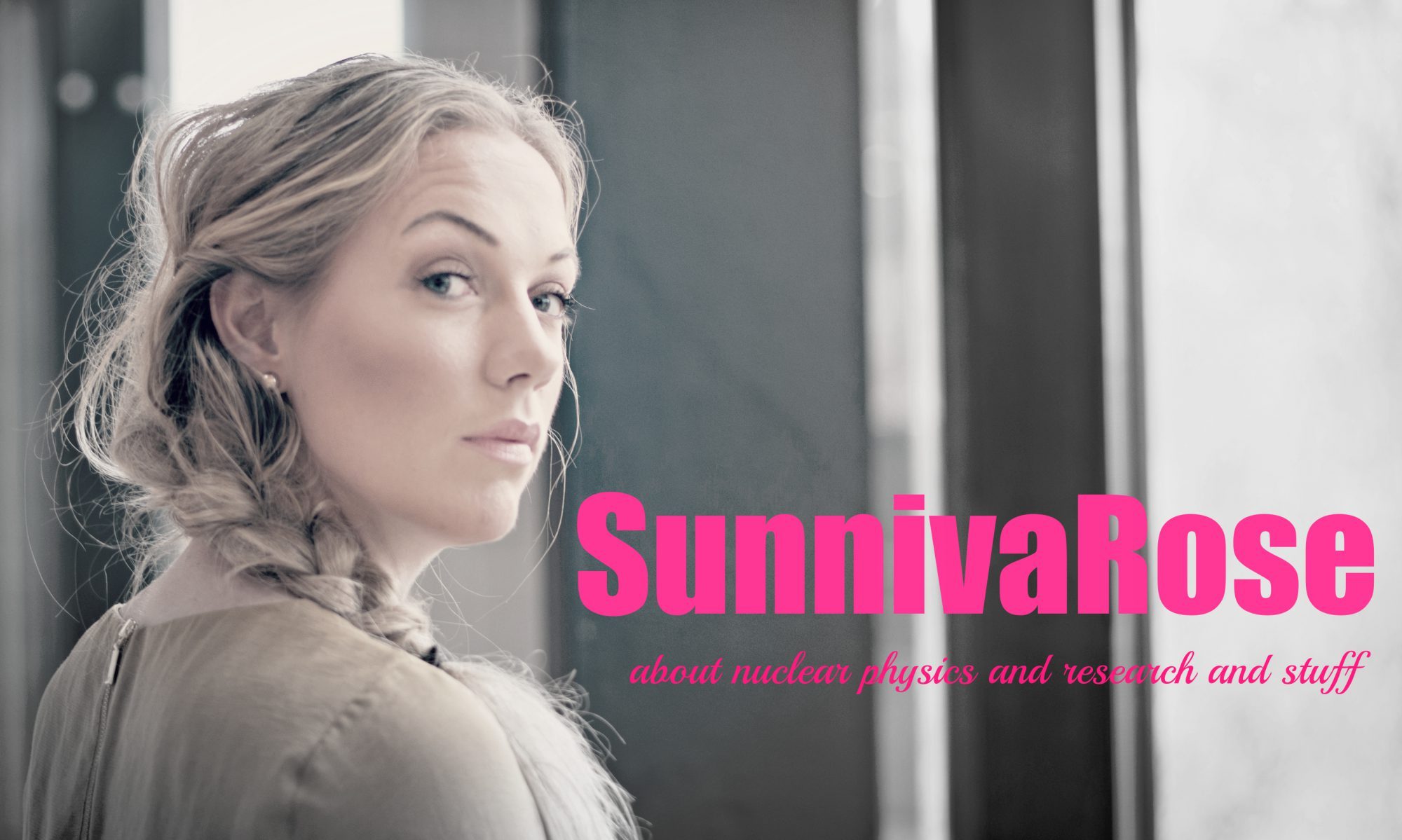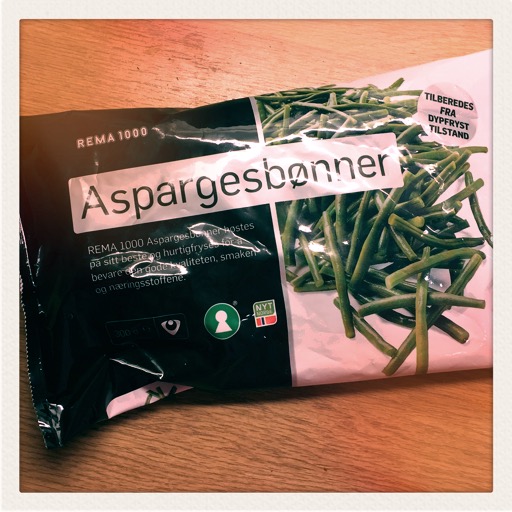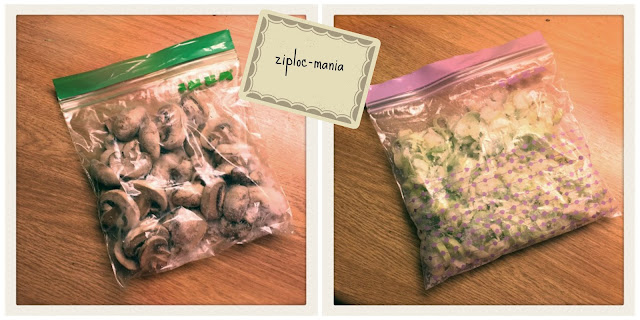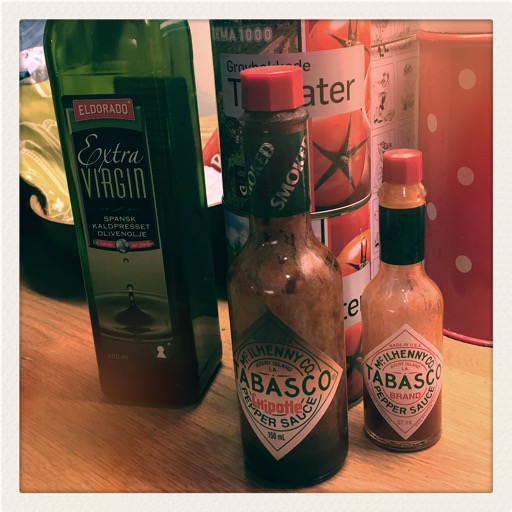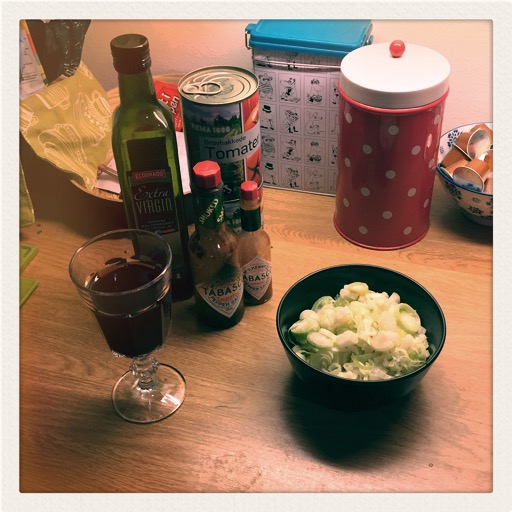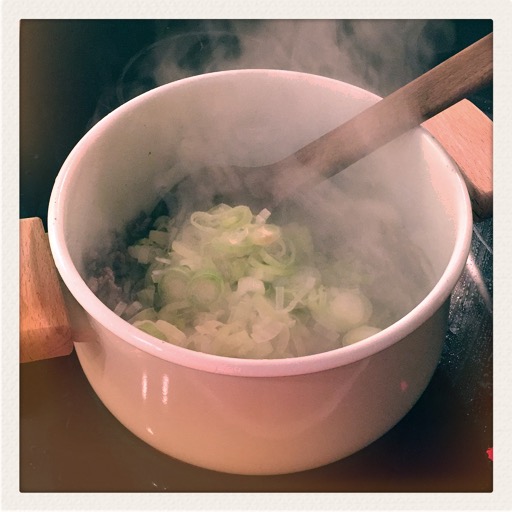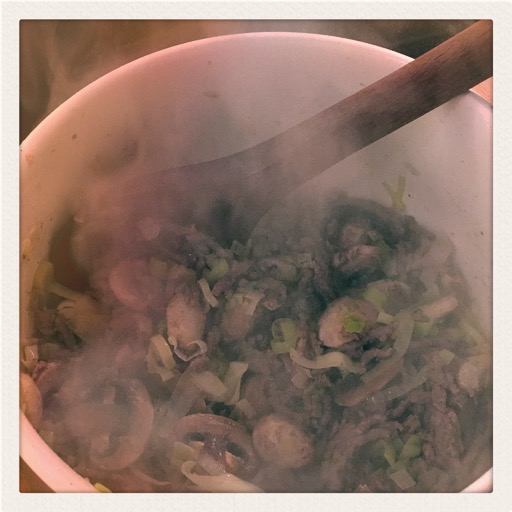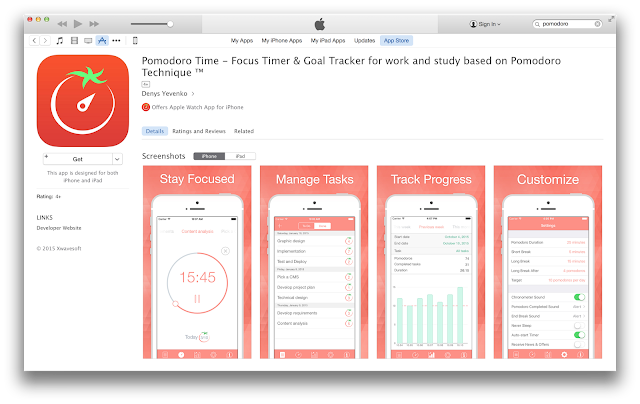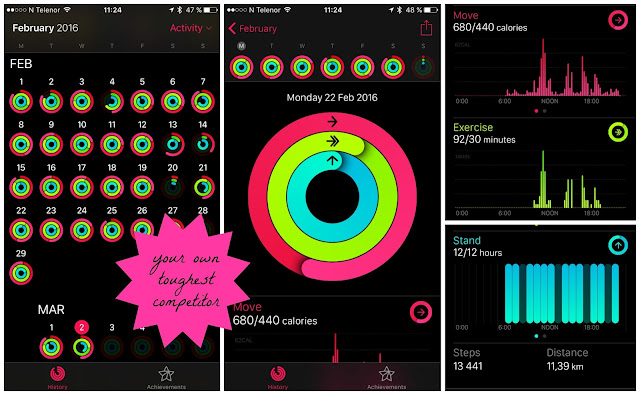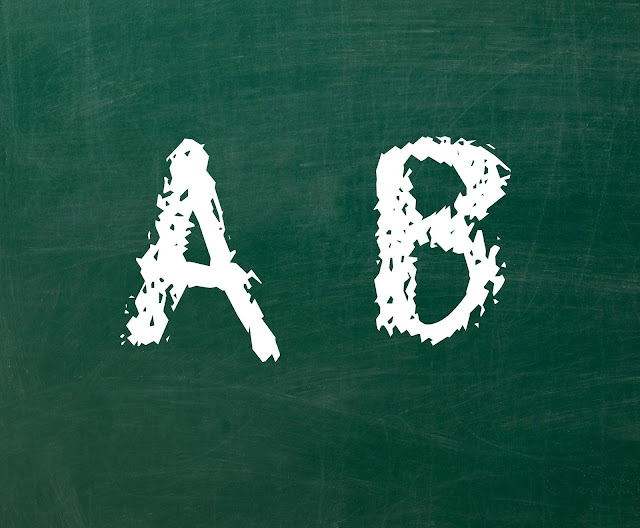This a typical research story (at least in my world) - and, oh, how I hate it!
Kategori: Uncategorized
SPRING!
I.
LOVE.
SPRING!
10 FACTS about Fukushima
- On the 11th of March, 2011, Japan was struck by a "triple catastrophe": massive earthquake (9 on the Richter scale) that lead to an enormous tsunami, that both lead to the accident at the Fukushima nuclear power plant (NPP)
- The Fukushima NPP reacted exactly as it was supposed to during an earthquake: the control-rods went into the reactor and shut it all down (stopped all the fission reactions in the fuel) - it was actually what you could call a "flawless automatic shutdown"
- When a reactor is shut down, with all the control- and scram-rods inside it, it can't start again - so there is no (and it wasn't) danger for a chain reaction out of control (which is what happened in Chernobyl - an accident extremely different from this accident), but you still have all the fuel, which is radioactive, inside the reactor and this needs to be cooled. Even though the chain reaction has stopped, and heat caused by radioactivity isn't a big factor compared the hat that actually comes from fission (around 10% of the total), it's still more than enough that it will be extremely hot if it isn't continuously cooled properly.
- To cool something you need a medium that can carry away the heat, like water, and you need that medium/water to flow. After the earthquake and the shutdown of the reactor, this wasn't a problem, since there were diesel generators that came online and operated the coolant pumps - so that water was flowing and cooling and doing it's job.
- So part one of the triple catastrophe was the earthquake (and it killed a lot of people), but then the tsunami came (and it killed a lot of people), as part number two, and it immediately caused part three of the accident; wiping out the diesel generators. After this there were only some backup batteries, but they didn't last for long, and then there were no more cooling pumps, and in my opinion this is when the real problem at Fukushima started.
- No pumps = no flow of cooling medium/water = no cooling anymore = fuel rods heat. In nuclear engineering language this is called a loss-of-flow accident (short: LOFA), a little bit similar to the accident at Three Mile Island in 1979.
- Since the fuel rods are radioactive they produce heat, and since there are no cooling, they become extremely hot; and if the water then comes in contact with the zirconium cladding of the fuel (which it did), free hydrogen is produced from the water (there is a lot of hydrogen in water).
- Hydrogen is an explosive gas, and when it came out of the reactor tank it exploded. Such an explosion is definitely not a good sign, but I believe it looks even worse for some than it actually was... This was NOT a nuclear explosion. What blew up was NOT the reactor tank, but the building around it.
- Since it became so hot inside the reactor, the fuel melted (which is what we call a melt-down), and then radioactive materials were released from the inside of the fuel to the water (normally, there are no radioactive materials in the cooling water that flows around the fuel rods).
- No one died of radiation from Fukushima.
I realise it's impossible to only give 10 facts about this accident, and I will continue very soon (Friday perhaps....? 😉 ).
Now it's time to prepare for a talk I'm giving tomorrow, for a small bunch of science journalists, then I have to look at my actual PhD thesis - which is on the plan this week...
Norges beste formidler – hvem får dagens studenter til å glemme å sjekke mobilen?
Hva er god undervisning? Hvor er de beste foreleserne nå for tiden? Hvordan bedømmer man egentlig kvalitet i undervisningen? Er den klassiske forelesningens tid virkelig over? Hve lærer studentene å tenke?
1. Et viktig nøkkelord er «trygg». Den som underviser, må være trygg på det faglige innholdet og trygg på seg selv i rollen som underviser. Hvis underviseren i tillegg er engasjert og åpen, vil studenten føle seg trygg og motivert – to viktige faktorer for læring.
2. God undervisning kan kurere en students dårlige selvtillit, slik at vedkommende kan få realisert potensialet sitt. Motsatt, med dårlig undervisning, tror jeg man kan være uheldig å miste nettopp dem som kanskje har et stort potensial, men som trenger en ekstra «push» for å få det ut. Disse studentene kan godt ende opp med å bli de beste, men med dårlig undervisning kan de kanskje like gjerne falle av.
Working your ass off dinner – "Mexican" style
Before I share the recipe with you, let me just refresh the rules for a real #workingyourassoff-recipe:
The recipe for working your ass off simple chili con carne:
You need:
- green beens (frozen ones - I love these, and use them in all my #wokringyourassoff-dishes)
- leek (prechopped, from the freezer)
- mushroom - I use champingnon (prechopped, from the freezer)
- meat - this time I happened to have fresh, minced meat, but it's of course possible to use frozen
- Tabasco sauce - the one with chipotle is just perfection <3 (I also have a lot of different chili sauces, like normal Tabasco, habanero Tabasco, plus some others; and I use a little bit of everything to get the perfect taste, but I can really recommend the chipotle!)
- extra virgin olive oil
- chopped, canned tomatoes
- cinnamon
- butter
- salt and pepper
- (if you happen to have some old wine, it's perfect to put it in the pot)
Do:
is time I used two cans, since I wanted everything to be more "soupy" and less dry. Add a little cinnamon - maybe just half a teaspoon. Add the Tabasco, and/or other chili sauces. I like it spicy, so I use quite a lot - the secret is just to taste, add more, taste, add more, or not, until it's perfect for your taste 🙂 Let everything boil for a while.
Going to Stavanger, snapping for @fysikkunioslo
Good morning good people ❤️
Three favourite apps – that will help me on my path towards my degree (and all the other stuff too). TIPS!
1. Pomodoro
- choose some task to be accomplished
- set the Pomodoro timer to 25 mintes
- work on the task until the Pomodoro rings
- take a short break
- every 4 Pomodoros take a longer break
Personally I have 25 minutes where I work, and then a 4 minute break. Works like a charm!
More about the pomodoro technique HERE.
2. SelfControl
NB: When I first started it, I thought you could block different sites for a different amount of time. That turned out to be incorrect. If you block for 4 hours, you block everything on your blacklist for 4 hours. If you want to override this app you have to re-install your operating system. In other word: it's quite efficient - just the way I want it to be 🙂
Health
Sent – and back to start again
...or something like that.
Hva er galt med en del folk?!? (#marypoppins)
Ten facts about neutrinos
- a neutrino is a en elementary particle
- a neutrino is not a neutron - neutrons are made up of quarks, and are thus not elementary particles
- there are three types of neutrinos: they're called electron neutrino, muon neutrino, and tau neutrino (they all also have an antiparticle)
- the name neutrino actually means "little neutron", but I have to tell that story another time...;) (In short: Pauli proposed that there should be a particle called a neutron, before the actual neutron was discovered. Then, what we know today as a neutron was discovered before the neutrino, and by that time the term neutron was taken, and this particle became a neutrino).
- neutrinos don't have any electric charge (so they are not at all affected by the electromagnetic force), and they're almost massless - but only almost...! They do have a tiny tiny tiny mass: the heaviest one is more than 4 million times lighter than the electron (the next lightest particle). Since they are so light, neutrinos move at a speed more than 80% of the speed of light at room temperature
- neutrinos are created in radioactive decay (like beta-decay), nuclear reactions (like in a reactor when a heavy nucleus fission, or in the sun when light nuclei fuse), when cosmic rays hit atoms, and in supernovae. Most of the neutrinos here on Earth come from the nuclear reactions that take place in the Sun <3
- every second, a trillion trillion neutrinos pass through your body, and since they do have (a tiiiiiny) mass, this means that there's a constant flow of matter through your body ALL THE TIME. Since their mass is so small, they don't add up to much mass - about 0.0000000000001 kg of neutrinos will pass through your body in a lifetime 😀 (If you add up the mass of all neutrinos that have passed through every single person who ever lived, over everyone's total lifetime, the sum is 0.15 kg)
- neutrinos are extremely difficult to detect, so you need really huge detectors if you want to try... For example, the OPERA detector (a good neutrino detector) consists of 1000 tonnes of mass to try to catch a neutrino, but even if this detector was a block of lead a light-year in length, you'd only have a 50% chance of stopping a neutrino!
- they are often called ghost particles, since they can actually change from being one kind to being another - an electron neutrino changing into being a muon neutrino changing into being a tau neutrino (this is weird: like if you went into a Mercedes and drove for a while, and then suddenly the car changed into being a BMW, and then when you arrived at your destination you were driving and Audi. W. E. I. R. D.)
- in 2011 neutrinos were sort of detected to move faster than light - which shouldn't be possible. Of course it turned out to be an experimental mistake, and we are still very very certain that Einstein's theory of special relativity is true <3
